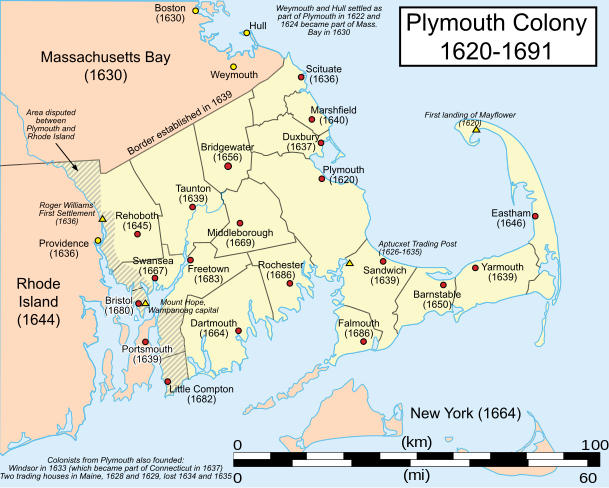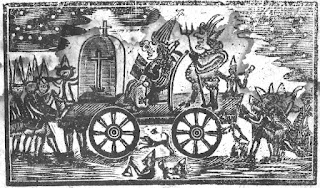TL;DR -- Looking at the Northwest Territory, which is far east of the Northwest Territories of Canada, we saw questions arise that we can pursue further. For instance, tracing a family some of whose members went west we got back to Connecticut and then Philadelphia. Some of the tracking issues involve changes in governmental overview over the 150 years to the Revolution and the 250 years after. Technology has offered the means to tie information together, across time and space, in interesting ways. An example is Family Search which we have used from the beginning.
---
We have used Family Search from the beginning our endeavors, which led to the Thomas Gardner Society, Inc., such that it's now our first line of research after WikiTree. Of late, we have been researching families that moved inward starting with the creation of the new nation. But, to get the proper perspective, we found that we need to step back a decade or two which would include New Spain and New France. But, too, we need New Netherlands and New Sweden. More on that later in the post.
 |
| U.S. and its interior |
So, we got this feed which showed two guys talking about a video which had been run on a computer. The video showed a ship going from the Dutch country in Europe that ended up at Long Island. Then, there was mention of house built in an area or on a road with the name of Greenwich. Turns out that the builder of the house was the eighth-great of one of the men, an actor. The other? Not associated with ancestry[.]com or NEHGS, such as we saw with WDYTYA or Finding your roots or several others.
No, this scene had been sponsored by Family Search and published on Youtube (it was CEO Steve Rockwood). Here is the video: Matthew Modine Discovers His New York Roots. It is a short bit. We didn't look further but recognized an interesting fact. The actor lives in Greenwich village That's several generations later. Too, that we have associations with people over the water cannot be forgotten.
---
Now, New York. Just the other day, we were looking at the area of the Dutch settlement. One reason was looking at some activity in the Northwest Territory in the very early 1800s and noticing New England names. You see, both in the 1600s and in the 1700s, New England (north - Plymouth Colony and Cape Ann) expanded several times. Two of interest are when New York came under the Province of New England. Later, the nebulous notion of who owned what settled and we got areas with names and took up the duties of management. We will be looking at all of this more closely.
Here is a related map.
There are several versions of this map, but we used it in a post with respect to the early times that helped hone the carving of land discipline (see Practice for carving). Notice all of the cede activities that went on. States in the east though they owned land out west (see Connecticut Western Reserve). Virginia thought it extended to the Rockies though they had not been that far out.
06/11/2025 -- Changed link to the Wikipedia image about claims of land (pre-U.S.).
.png?20120116171244)









